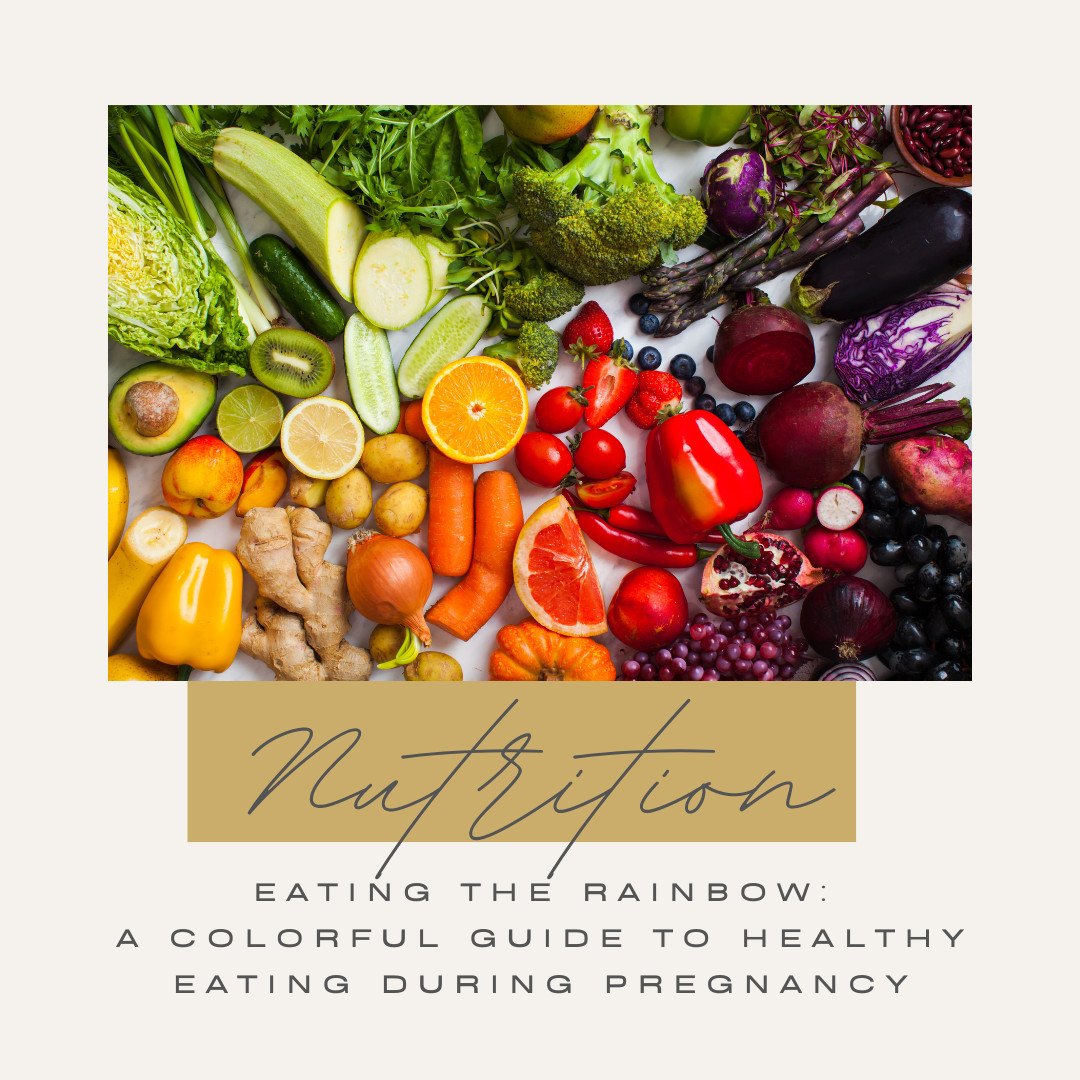
During pregnancy, a woman's body undergoes numerous changes to support the growth and development of the baby. Proper nutrition is crucial during this time to ensure both mother and baby receive essential vitamins, minerals, and nutrients. One way to ensure a diverse and nutrient-rich diet is by "eating the rainbow."
Eating the rainbow means consuming a variety of colorful fruits and vegetables, each color providing a unique set of nutrients that contribute to overall health. Here's a breakdown of the benefits of eating different colors of fruits and vegetables during pregnancy:
Red:
Red fruits and vegetables like tomatoes, red bell peppers, strawberries, and watermelon are rich in lycopene, a powerful antioxidant. Lycopene has been associated with a reduced risk of preeclampsia, a serious condition that can occur during pregnancy. Red produce also contains vitamin C, which supports the immune system and helps with iron absorption.
Orange/Yellow:
Orange and yellow fruits and vegetables like carrots, sweet potatoes, mangoes, and oranges are high in beta-carotene, which is converted to vitamin A in the body. Vitamin A is essential for fetal growth and development, particularly for the development of the eyes, skin, and bones. These foods also provide vitamin C and potassium.
Green:
Green vegetables such as spinach, kale, broccoli, and green beans are packed with folate, a B-vitamin that is crucial for preventing neural tube defects and supporting fetal growth. They also contain iron, calcium, and fiber, which are important for overall health and digestion.
Blue/Purple:
Blue and purple fruits and vegetables like blueberries, blackberries, and eggplant are rich in antioxidants called anthocyanins. These antioxidants help protect cells from damage and may reduce the risk of gestational diabetes and preeclampsia. Blue and purple produce also contain vitamin C and fiber.
White/Tan:
While not as vibrant in color, white and tan fruits and vegetables like bananas, cauliflower, and potatoes are still important for a healthy pregnancy. They provide nutrients like potassium, magnesium, and vitamin C.
Incorporating a variety of colorful fruits and vegetables into your diet can help ensure you're getting a wide range of nutrients that are beneficial during pregnancy. Aim to include at least one serving of each color group in your meals to maximize the nutritional benefits. Whether you're enjoying a vibrant salad, a colorful stir-fry, or a rainbow fruit salad, eating the rainbow is a delicious and nutritious way to support a healthy pregnancy.
My favorite recipe books to utilize during pregnancy: "Nine Golden Months: The Essential Art of Nurturing the Mother-To-Be" by Heng Ou, "Nourishing Traditions" by Sally Fallon, "Real Food for Pregnancy: The Science and Wisdom of Optimal Prenatal Nutrition" by Lily Nichols


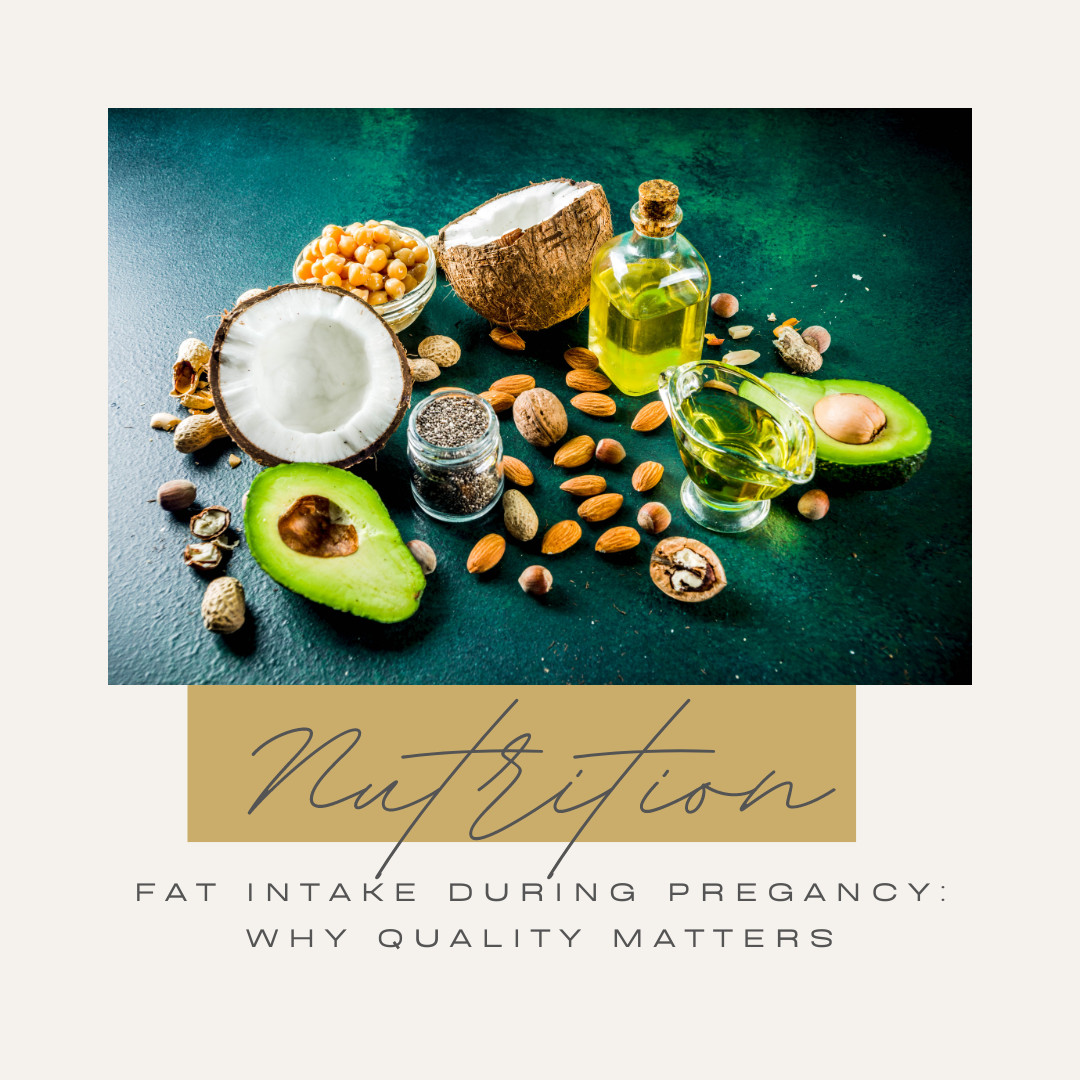



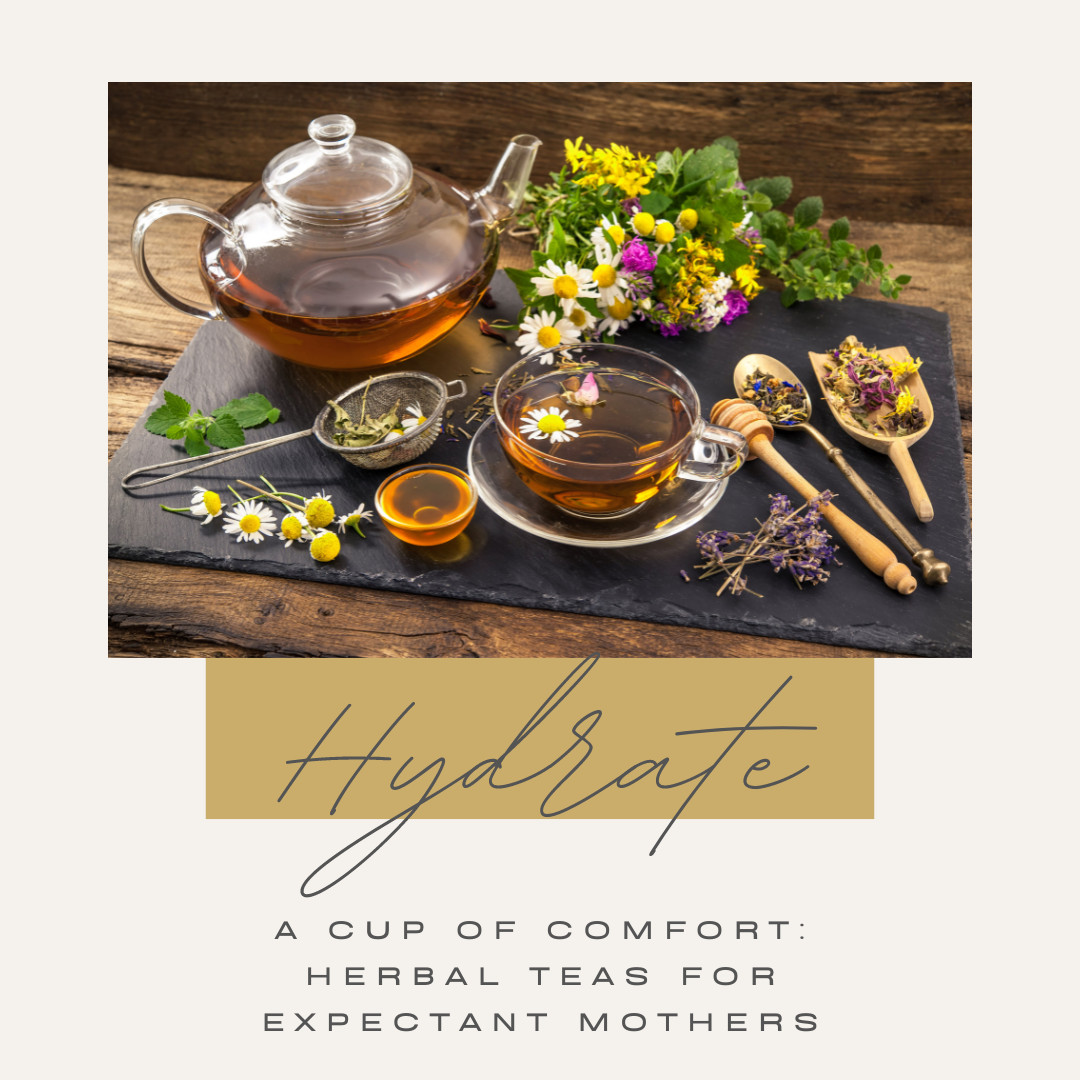
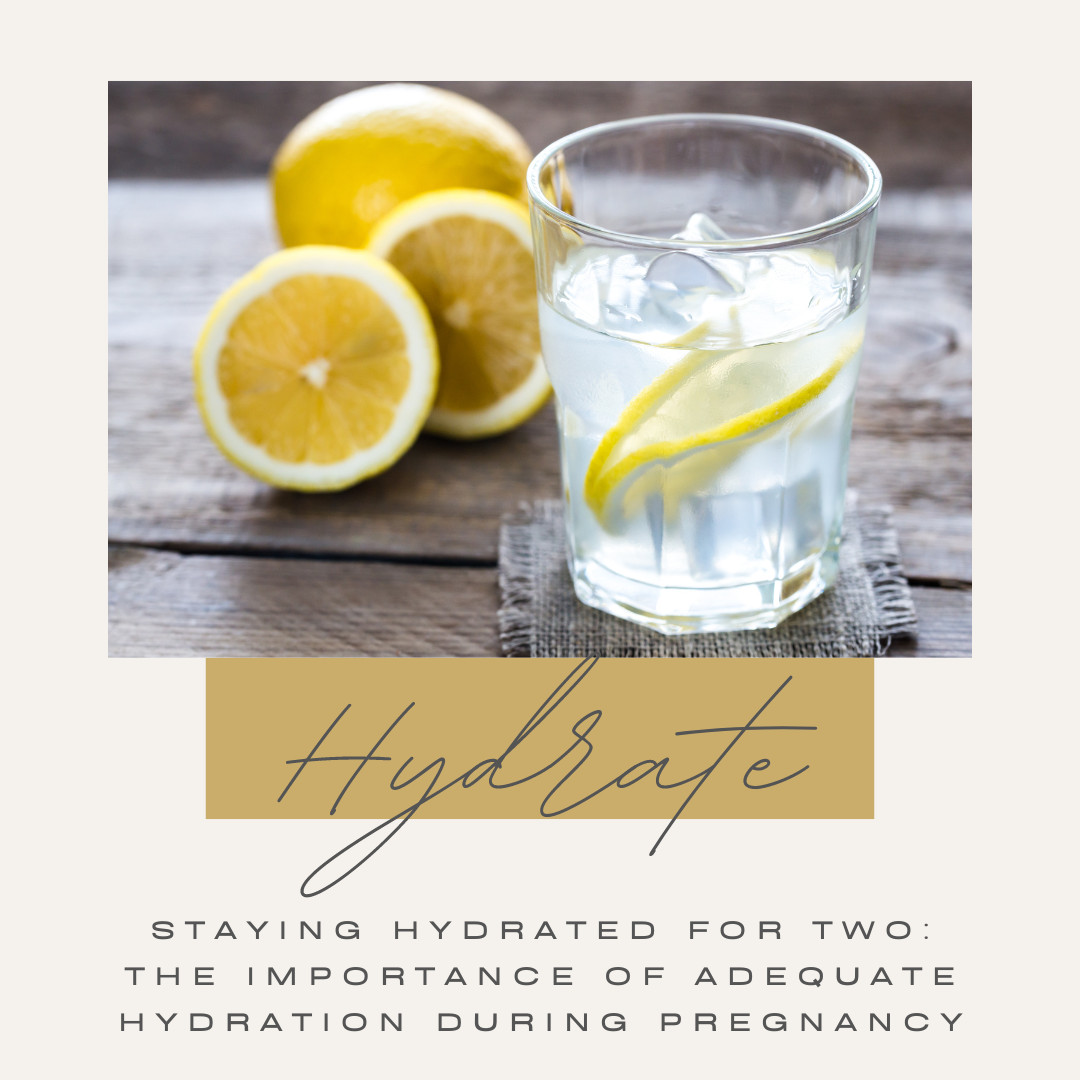
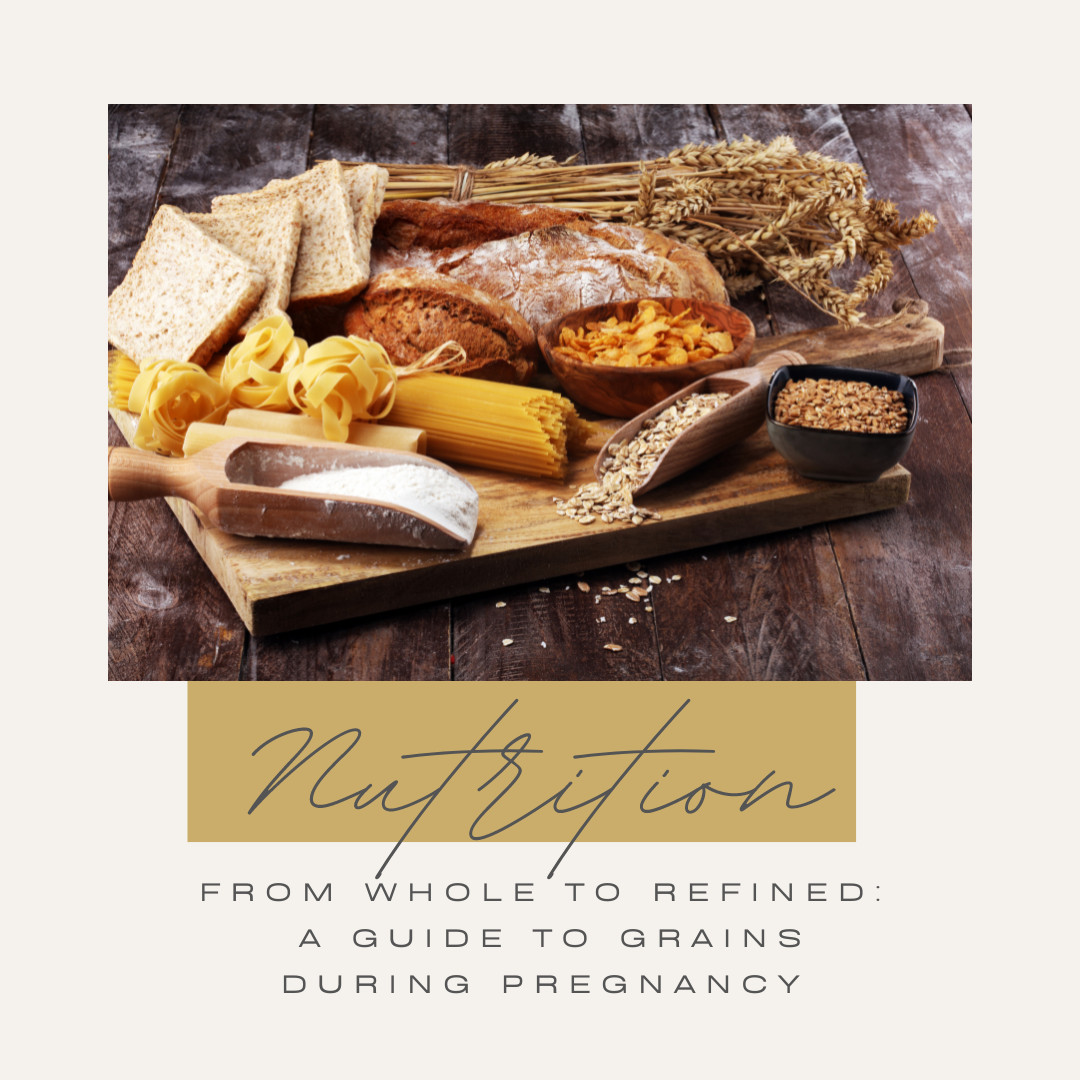
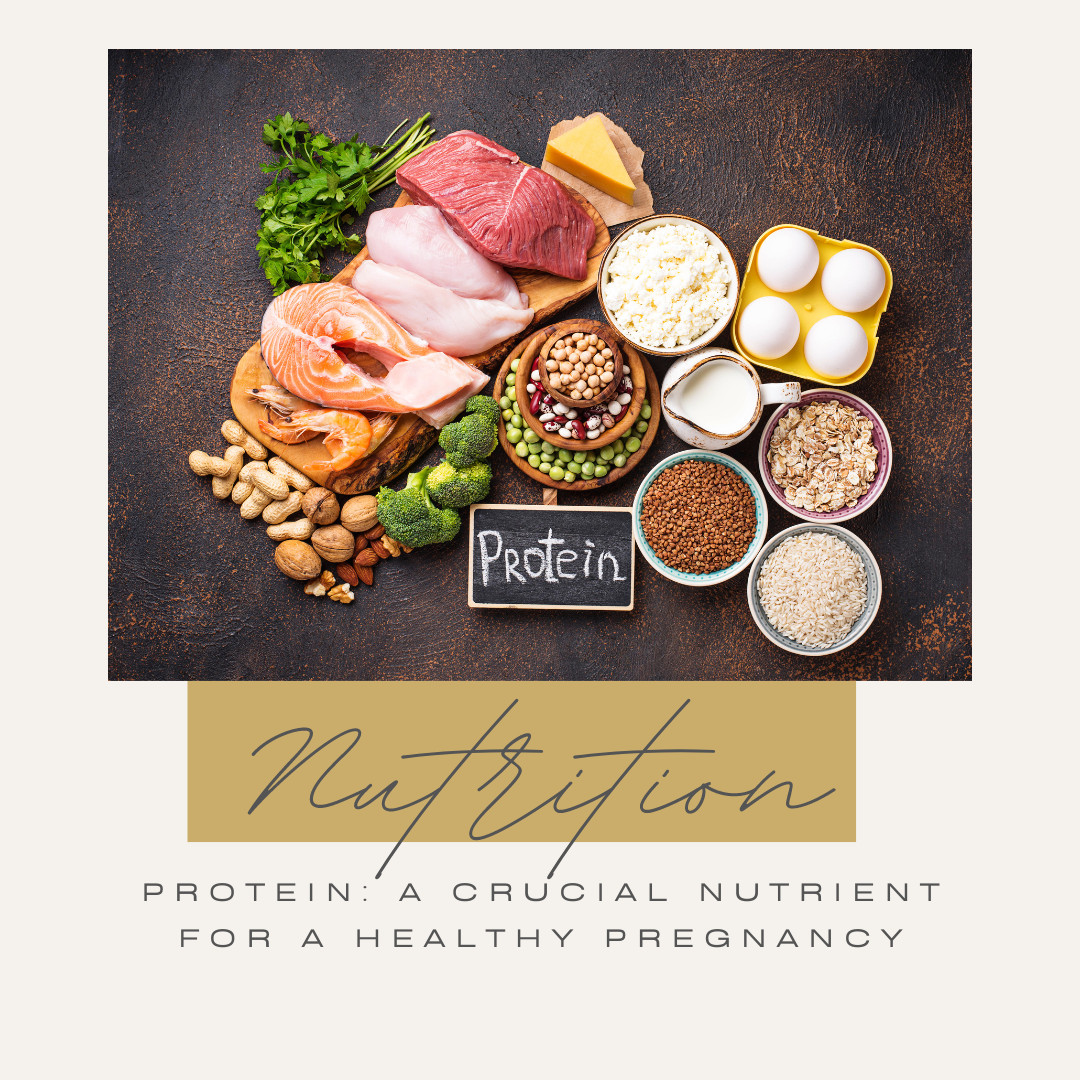
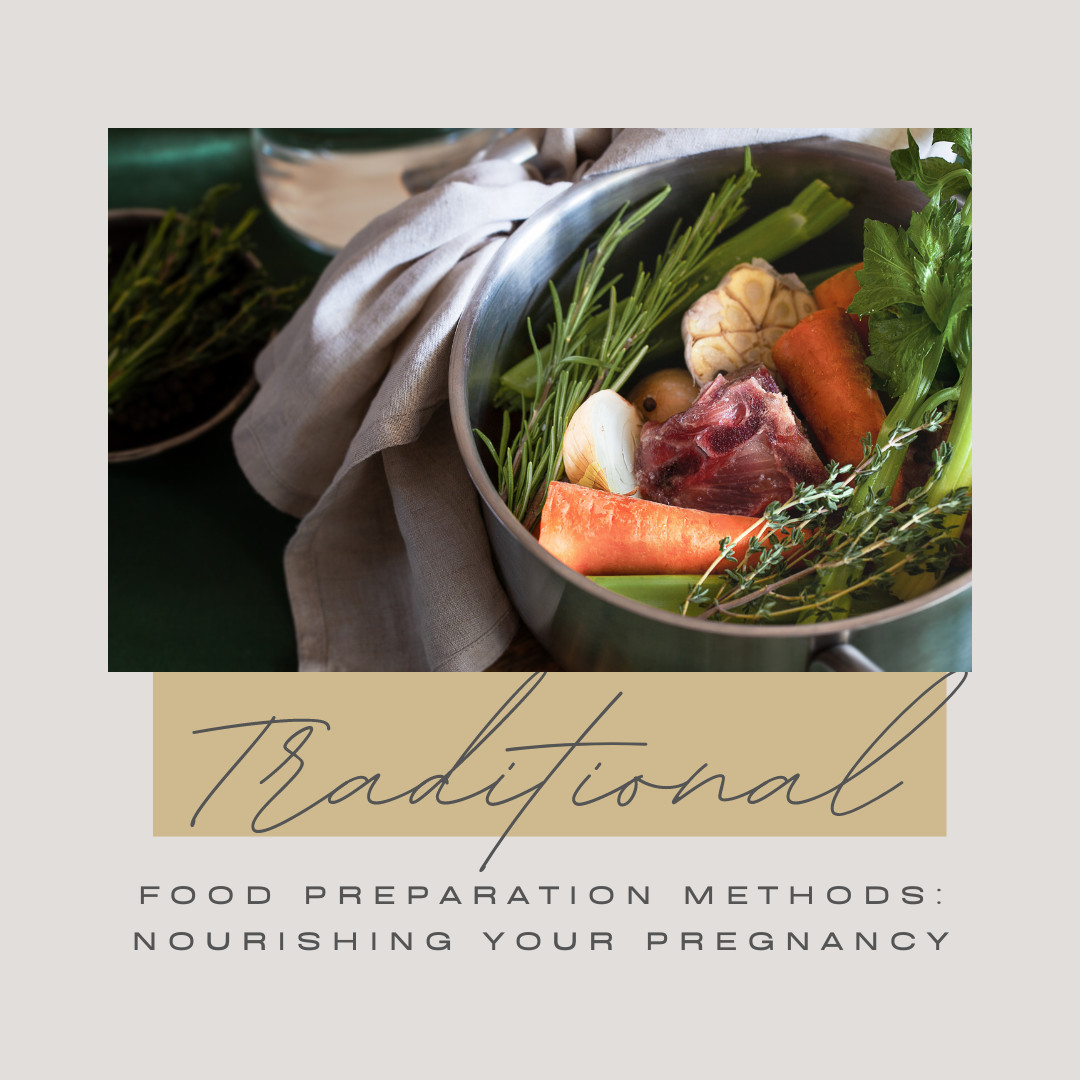

0 Comments